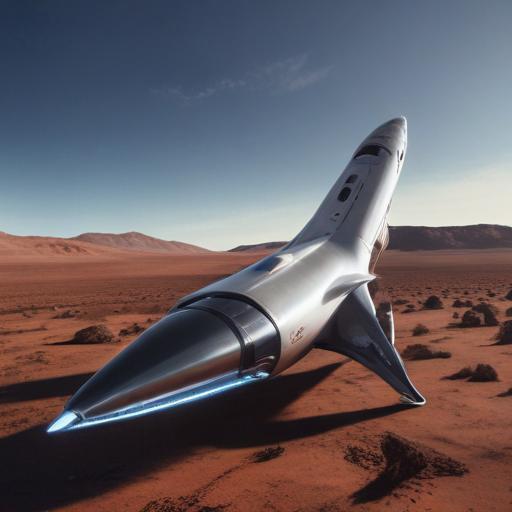SpaceX is preparing for the ninth flight test of its Starship spacecraft, set to launch on Tuesday at 7:30 p.m. ET from its Starbase facility in Brownsville, Texas. This unmanned test follows two previous flights where the spacecraft met with failure, resulting in significant debris and safety concerns in the aftermath.
Elon Musk’s ambition to eventually send humans to Mars hinges on proving that Starship can operate safely and reliably. The first two tests saw catastrophic failures, with the latest, Flight 8, succumbing to a hardware failure linked to engine shutdowns and fuel ignition issues, leading to the spacecraft breaking apart and debris scattered over South Florida and the Atlantic Ocean.
In response to these failures, SpaceX engineers have made substantial modifications to the upper stage of the rocket. Though the recent tests have posed challenges, the company aims to glean actionable insights to improve the design and performance of Starship.
The upcoming test will utilize a Super Heavy booster that successfully returned from the seventh test flight, showcasing enhanced reliability and reusability. This mission will not attempt a return to the launch site; instead, it will follow a modified path intended for a controlled splashdown in the Gulf of Mexico to evaluate new landing configurations.
Starship will also aim to accomplish several key objectives during this flight, including deploying eight satellite simulators and demonstrating the capability to relight a Raptor engine in space. Moreover, engineers are experimenting with different thermal material options by strategically removing some thermal tiles, exposing the spacecraft to higher reentry temperatures and assessing performance.
SpaceX acknowledges the unpredictable nature of developmental testing, emphasizing the importance of frequent hardware testing to iterate on design improvements swiftly. Despite setbacks, the company’s commitment to perfecting Starship for future human missions remains resolute, fostering optimism about its long-term goals for space exploration.
This upcoming flight represents a significant step forward in SpaceX’s journey toward creating a fully reusable spacecraft capable of reshaping access to space.
